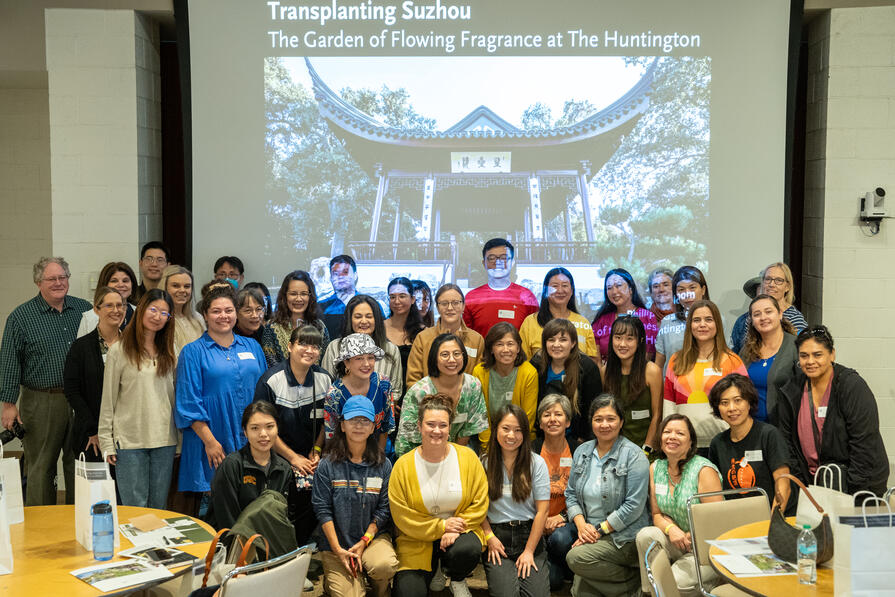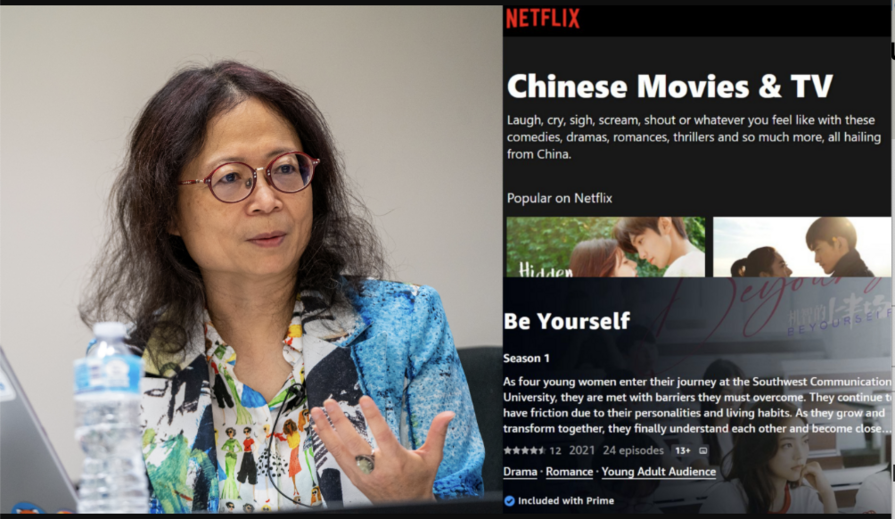For more articles and documents on aging, click here.
By SHUYANG SHENG
Research Description
In addition to boasting the largest population in the world, China also contains one of the globe’s fastest growing elderly populations. The growth of this particular demographic can be attributed to a variety of factors including rapid economic growth, the One Child Policy, and a general increase in longevity. In 2000 Chinese citizens over the age of 60 comprised 10% of the country’s population; by 2050, this number is expected to triple to 30 % ( United Nations, 2002). As China continues its transition into becoming a market economy, it is being faced with a unique set of aging-related problems different from those seen in other industrialized nations. Not only have the income levels of the elderly in China fallen far below those of youths and prime-aged adults but family support for the elderly has, and will, continue to decline as a result of a decrease in fertility. In addition to this, the coverage of publicly-provided health insurance and pension systems continues to remain quite low, especially in rural areas.
As China faces these major challenges a significant value has been attached to fielding a Chinese panel data set on aging. Unlike most of China’s current data sets, the data on this particular subject has been made publicly available. The China Health and Retirement Longitudinal Study (CHARLS), a study led by an international research team based at the China Center for Economic Research (CCER) at Peking University, is aimed at providing high quality public panel survey data of households and individuals on aging issues in China. CHARLS follows closely with the Health and Retirement Studies (HRS) conducted around the world, as it makes the comparison amongst countries possible. Until recently, few micro-panel surveys, especially HRS-type surveys, focusing on aging issues in China have been conducted.
Professor Yaohui Zhao of the CCER, is the Principal Investigator (PI) of CHARLS and Professor John Strauss of the University of Southern California is one of the co-PIs. This project is funded from the National Institute on Aging (NIA), the World Bank in China, and the National Natural Science Foundation of China (NSFC).
A CHARLS pilot survey is being fielded with about 1,500 households having at least one member aged 45 or over in Zhejiang and Gansu provinces from July to September 2008. 16 counties or districts have been randomly sampled in each province, with 3 villages (in rural areas) or neighborhoods (in urban areas) sampled from each. 36 households in each village/ neighborhood were randomly selected to obtain the age-eligible sample in target size.
The household survey of CHARLS covers many important issues related to the elderly including demographic background, family structure, employment, retirement, income, expenditure, assets, health status and functioning, and health care and insurance. The community survey collects detailed features and implementations of local social security policies and community facilities used for elderly.
Summer Progress
To have more control over the survey quality, we organized our own survey team instead of contracting the survey out to government statistical agencies. This past July all the team leaders, enumerators, and nurses recruited participated in an intensive training session conducted at Peking University. The 2-week general training included classroom lectures, role-playing exercises, and field practice. In addition to being familiarized with the questionnaires, all enumerators had been trained on manners in communicating with respondents, and were educated on the importance of perseverance and teamwork. The nurses responsible for health assessments and persons responsible for the community survey received additional training. Some parts of the questionnaires had been revised and simplified based on feedback from the training to ensure that the interview for one respondent could be completed in three hours. I worked throughout the duration of the training and gave lectures on demographic backgrounds and community surveys as well as assisted in the revision of the questionnaires.
All enumerators were trained to proficiently use Computer-Assisted Personal Interview (CAPI) designed by RAND to conduct an interview. CAPI dramatically increased our ability to catch and correct errors made by the enumerators in the field. It informs the enumerator immediately when a section has been improperly skipped, was incomplete, or was found to be inconsistent.
After the training was completed, four survey teams were sent to the field. We placed two teams in each province, each one covering half of the sampling areas. Each team is comprised of a leader who supervises the team, two enumerators for the community survey, seven enumerators for the household surveys, and two health functioning enumerators. The supervisors are generally responsibility for logistics, quality control, and data transmission. The community enumerators are responsible for establishing first contacts with local officials to enlist their cooperation as well as responsible for drawing village/neighborhood maps before other team members arrive, as this increases the response rate and efficiency of the household surveys. I went into the field with one survey team in Gansu for a week and, among other things, monitored quality control during the interview process. I was also able to talk to respondents in rural Gansu and directly observe their living conditions. I was taken back by the lack of water and irrigation, poor transport facilities, low levels of education, and heavy reliance on income generated by farming and livestock present in the area.
The data is expected to be available to researchers in late 2009. By working on CHARLS this summer I will be granted immediate access to the data under the supervision of Professor Strauss and Professor Zhao which will allow me to start my dissertation work early.
Future Research
As China has been undergoing a rapid health transition; ailments plaguing the nation’s elderly have ranged from infectious to chronic diseases while nutrition has ranged from malnutrition to over-nutrition. For instance, the percentage of overweight women over the age of 50 has risen from 22% in 1991 to 33% in 2004 while the percentage of overweight men of the same age demographic has risen from 17% to 27%. As a result of this, related chronic risk factors have also increased. Hypertension is widely prevalent amongst citizens who are greater than 60 years old, as it affects roughly 50% of the demographic. Similarly, diabetes affects a considerable 13% of the urban elderly and a substantially less 5% of the rural elderly while high cholesterol rates currently affect 14% of the female urban elderly. As this survey was conducted it was found that some elderly were not even aware that they had these chronic diseases and had never received medical treatment for them.
Health measurements, including objective biomarkers, self-reported health problems, and activities of daily living (ADLs), are crucial to the analysis of health issues and their effects on the well-being of Chinese elderly in my dissertation. I am especially interested in identifying the effects of health on the behaviors of labor force participation, retirement, and savings of the elderly and their adult children’s behaviors of migration and working.
Shuyang Sheng is earning a PhD in Economics at USC and conducts research on development economics, labor economics, applied econometrics.
More articles and documents on aging:
As China Ages: Elderly Health Outcomes and Socioeconomic Status | Social support, social change, and psychological well-being of the elderly in China: Does the type and source of support matter? | An elderly perspective: A case study of elderly residents' preferences and opinions on housing in various communities in Beijing | The Health and Well-Being of the Elderly in China: Evidence from the China Health and Retirement Longitudinal Study (CHARLS) | China Trip Offers Wisdom on Aging | Intergenerational social support and the psychological well-being of older parents in China | Delegates Discuss Aging in China | Grant to Yield More Study on Elderly | A Profile of the Chinese Aged Population: Results from 2000 and 2006 National Surveys | Aging in China Covered During USC Visit



